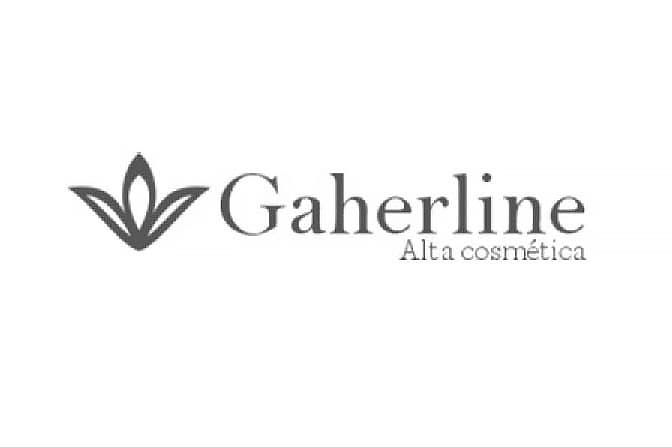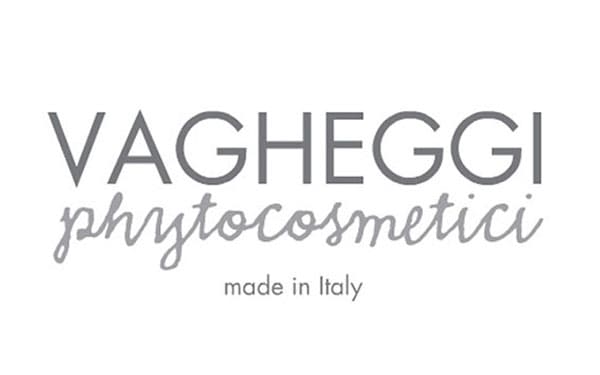What is a body peel?
Body peeling is an aesthetic treatment that consists of removal of dead skin cells to promote its renewal, improve its appearance and facilitate oxygenation. For its application, the professional must carry out a prior diagnosis of the client's skin, thus identifying the specific substances that are going to be applied in the process. Well each skin has specific needs that must be analyzed during the session to get the maximum potential and effectiveness of this treatment.
What benefits does a peel have?
Among the many benefits of a peeling we find that, thanks to the fact that this procedure promotes cell renewal, the skin looks much brighter, smoother and younger after its application. However, it is a treatment especially recommended to prevent incrustation of pores, reduce visible imperfections such as acne spots or marks and act on the wrinkles at different levels, depending on the type of peeling applied.
The effects of a chemical peel begin to be visible after 3-4 days. which is when, after having completed the exfoliation, the skin begins the skin regeneration process.
Types of body peeling
There are three types of chemical body peeling (superficial, medium and deep) and choosing the most suitable one for our skin will depend on the condition of the skin and the objective of the treatment. Below we tell you when each of them is used:
SUPERFICIAL PEELING
Superficial peels, as their name suggests, act on the most superficial layer of the skin using a chemical substance that is usually composed of ferulic or lactic acid, among others. It is a type of peeling that is usually applied to younger skin with the aim of remove small spots and acne marks providing uniformity and luminosity to the skin.
MEDIUM PEELING
A medium peel acts at the level of the epidermis and superficial dermis, allowing it to not only act on spots and other imperfections, but also on deeper skin lesions such as scars or superficial wrinkles. Its composition usually includes pyruvic or trichloroacetic acid.
DEEP PEELING
Deep peeling is especially recommended to treat dull skin, with deep wrinkles and/or skin considerably affected by photoaging. Its composition often includes phenol or trichloroacetic acid which makes it a powerful rejuvenation treatment.
How many times should a peel be done?
The effects of a body peeling are visible from the first session. However, due to the influence of external agents on our skin, it is advisable to perform the treatment on a recurring basis. Becoming part of our skin care and maintenance ritual.
The time between sessions varies depending on the type of peeling applied. In the case of superficial peeling Its application can be done every 4 weeks approximately. While in the medium peel A longer period of time should be left between sessions, and the procedure can be repeated every time. 6 or 8 months. If it is a deep peeling It is advisable to let at least pass 12 months between one session and another.
To combat the greater exposure to external agents during the summer (sun, sea and wind) in Solmax Santander We always recommend performing a superficial peel before and after this period as a body scrub.
How to care for your skin after a peel
Once the treatment has been completed, it is important that we continue taking care of our skin. to enhance its effect and keep our skin healthy.
After applying a chemical peel, it is recommended that during the first 5 days do not expose your skin to the sun. Avoid the sea, intense physical activity and the use of makeup or chemicals. To achieve the desired results and facilitate the skin recovery process after peeling, the ideal is to wash with warm water and moisturize the skin daily with dermatologically tested products.

















